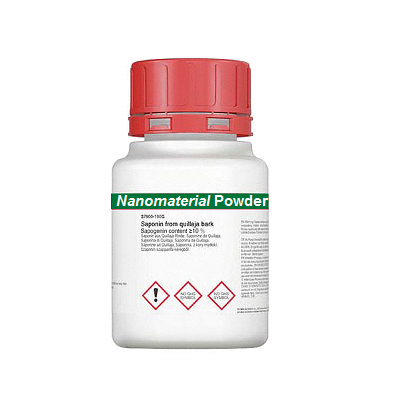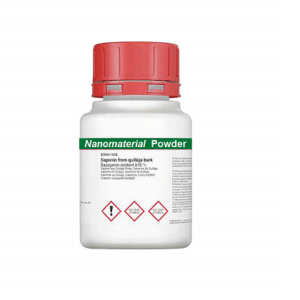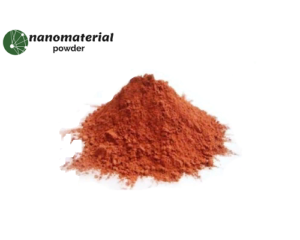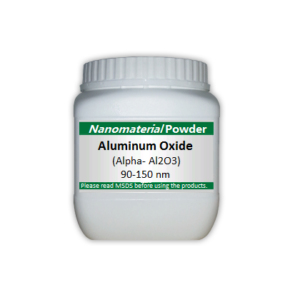Copper Oxide(CuO) Nanopowder Purity: 99%, Size: 200nm
Description
CuO Nanoparticle Features:
Copper oxide nanoparticle is a brownish-black powder, 40nm, with 99% purity and 6.3-6.49 g/cm3 density and melting point of 1326 ℃. It is soluble in dilute acid, NH4Cl, (NH4) 2CO3, potassium cyanide solution, insoluble in water, and it dissolves slowly in alcohols, ammonia solution. It can be reduced to metallic copper when meets hydrogen or carbon monoxide under high temperature. Copper oxide is widely used in the field of catalysis, superconductors, ceramics as a kind of important inorganic materials . It can be used as a catalyst and catalyst support, as well as electrode active materials. CuO nanoparticle can also be used as burning rate catalyst in rocket propellant. Nano copper oxide shows superior catalytic activity and selectivity than that of the common copper oxide powder. The particle size of nanometer copper oxide is between 1-100 nm. Compared with the ordinary copper oxide, nano CuO has peculiar physical and chemical properties such as: surface effect, superiority of the quantum size effect, volume effect and macroscopic quantum tunneling effect in magnetic, optical absorption, chemical activity and thermal resistance, catalysis, and the melting point. Nano copper oxide attracts more and more people’s attention, and become one of the most extensively used inorganic materials.
Nano CuO Specification
| Product Name | Apperance | APS | Purity | SSA |
| CuO Powder | Black Powder | 200nm | 99%+ | 5.12m2/g |
Nano Copper Oxide CuO Applications:
Insoluble in water. dissolve slowly in alcohol or ammonia solution. Soluble in dilute acids, NH4Cl, (NH4) 2CO3, potassium cyanide solution. Under high temperature, copper oxide meet with hydrogen or carbon monoxide, can restore copper metal. Nano copper oxide is a widely used material. It has been applied to the catalyst, superconducting materials, thermoelectric materials, sensing materials, glass, ceramics and other fields. In addition, the nano-copper oxide can be used as rocket propellant combustion catalyst. It not only can significantly improve the homogeneous propellant burning rate, lower pressure index, but also can better perform as the catalyst for the AP composite propellant. More use such as: Ceramic resistors, Gas sensors, Magnetic storage media, Near-infrared tilters, Photoconductive and photothermal applications, Semiconductors, Solar energy transformation, Catalysts, High-tech superconductors……
You must be logged in to post a review.






Reviews
There are no reviews yet.